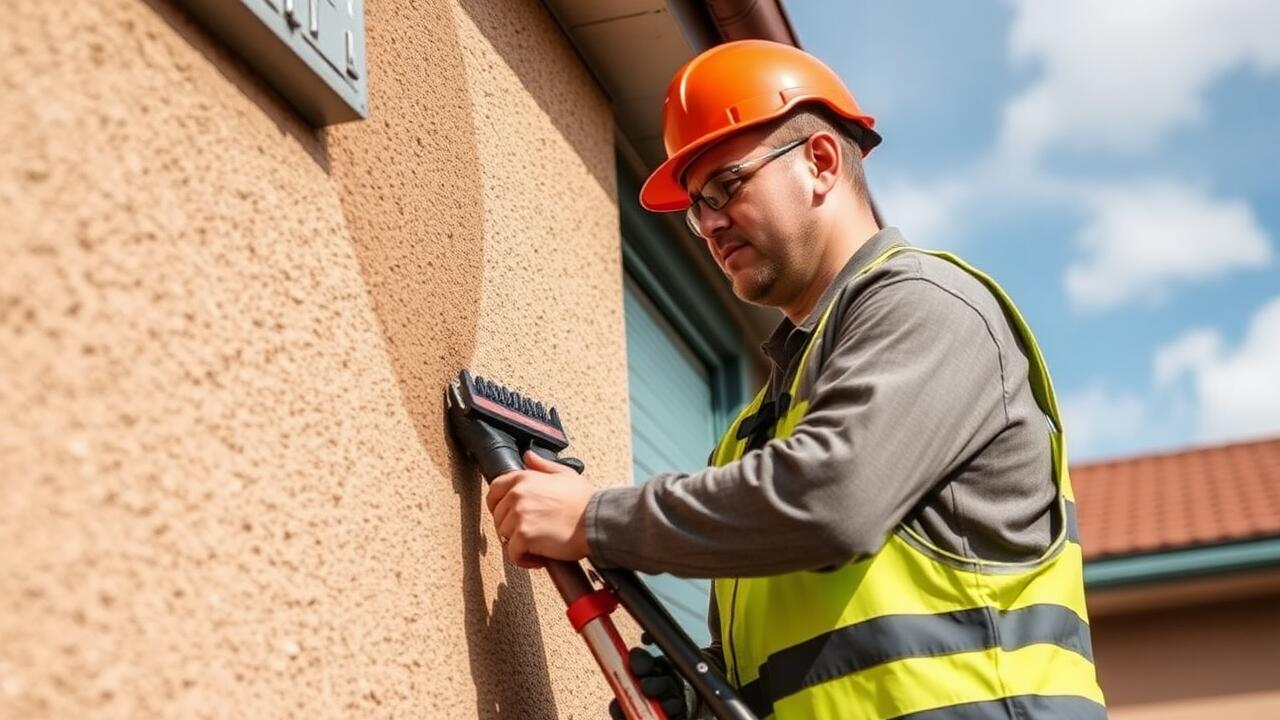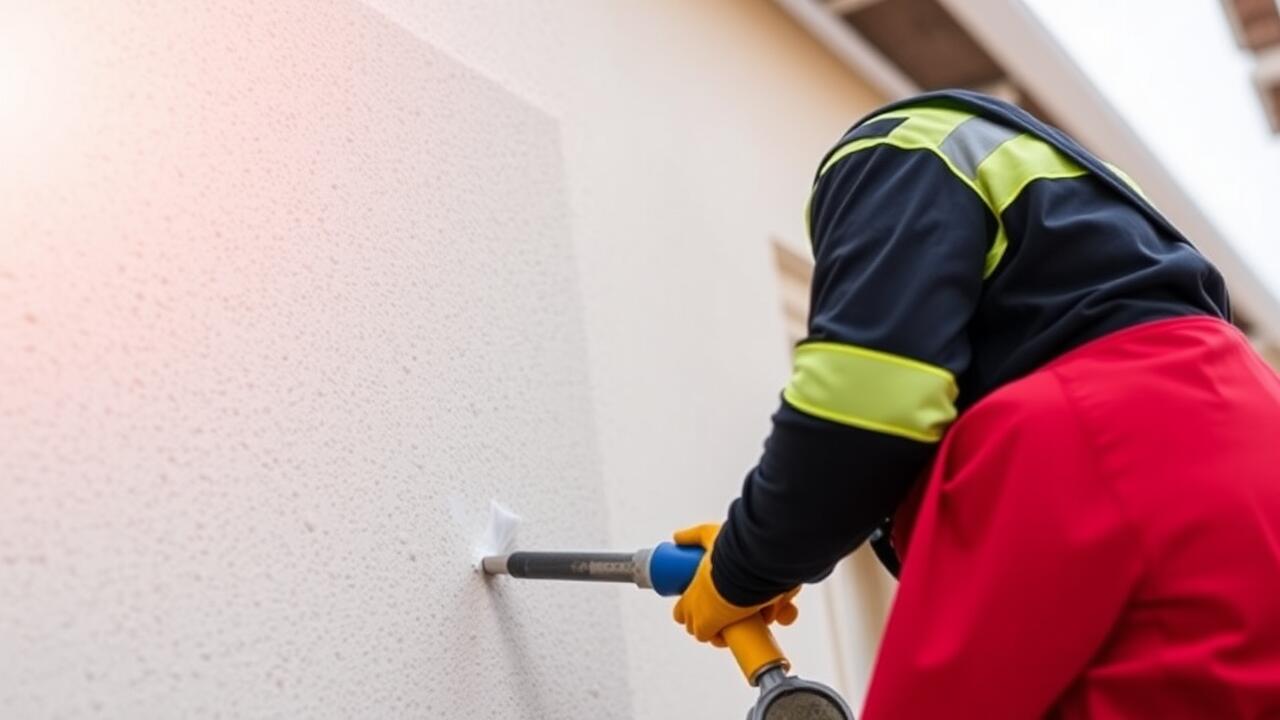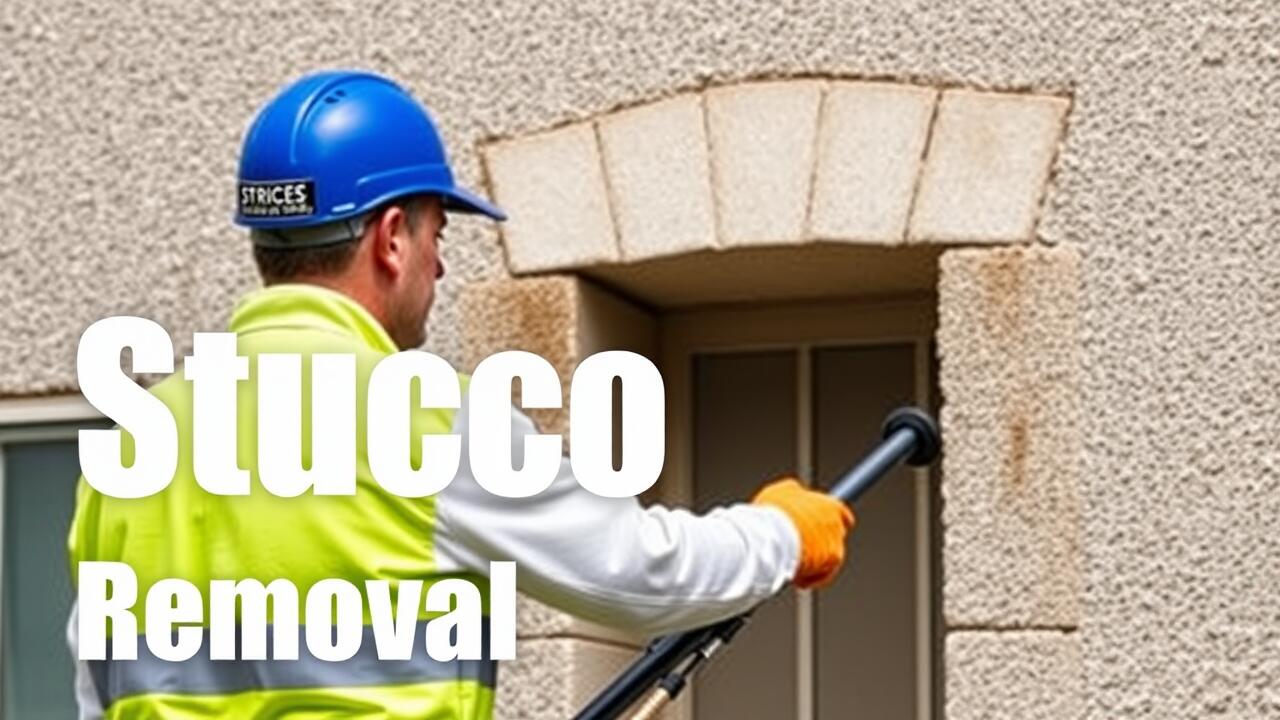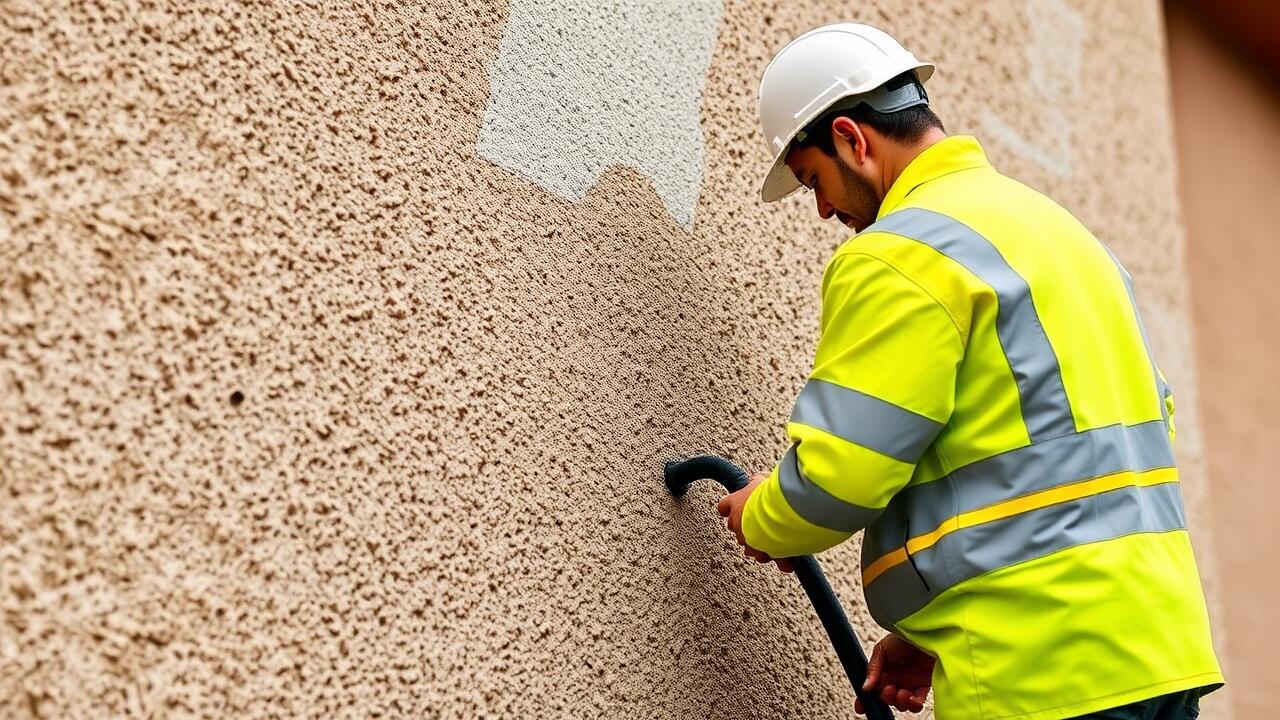
Utilizing Power Tools for Efficiency
Power tools can significantly enhance the efficiency of removing old stucco. Many homeowners and contractors in Venice, Los Angeles, have found that using an electric chisel or jackhammer can expedite the process. These tools provide the power and precision needed to break through thick layers of stucco quickly, reducing the time and physical labor involved. Additionally, investing in a stucco removal attachment for rotary tools can make it easier to tackle smaller areas or intricate designs.
Incorporating power tools also allows for greater control over the removal process. Skilled operators can adjust the speed settings and pressure applied, minimizing damage to underlying surfaces such as drywall or masonry. Proper technique when using these tools ensures that the removal is both effective and safe. Those involved in Venice, Los Angeles Stucco Removal can benefit from familiarizing themselves with the specific capabilities of each tool to maximize effectiveness while minimizing effort.
Recommended Power Tools for Stucco Removal
When it comes to effectively removing old stucco, power tools can significantly enhance efficiency and reduce labor time. A rotary hammer with a chisel bit is often ideal for breaking up large sections of stucco. These tools combine high-impact energy with rotational force, allowing for rapid demolition. Additionally, a concrete grinder can smoothen any remaining surfaces once the bulk of the stucco is removed, ensuring a clean base for future work.
Another essential tool is the pneumatic scraper, which uses compressed air to power the removal of stucco. This tool is especially effective in tight spaces where traditional methods may prove challenging. For those specifically interested in Venice, Los Angeles stucco removal, hiring professionals equipped with advanced tools ensures thoroughness and safety, while also adhering to local regulations regarding debris disposal. Investing in these recommended tools will lead to a more effective stucco removal process.
Methods for Dust Control
Dust management is crucial when removing old stucco to maintain a safe and clean working environment. Using plastic sheeting to seal off the workspace prevents dust from spreading to other areas. This simple tactic helps contain debris while also ensuring the safety of inhabitants in the surrounding spaces. For larger projects, utilizing containment systems can further enhance dust control by providing dedicated areas for the removal process, minimizing airborne particles that commonly accompany stucco demolition.
Water is another effective tool in dust suppression. Lightly misting the surface before breaking up the stucco can significantly reduce the amount of dust created during removal. This technique is particularly beneficial in Venice, Los Angeles stucco removal projects, where environmental considerations may come into play. Implementing water is straightforward, and it can lead to a cleaner removal process while protecting local air quality during the work.
Strategies to Minimize Dust During Removal
Minimizing dust during stucco removal is crucial for maintaining a clean work environment and protecting the health of those nearby. One effective strategy is to wet the surface before work begins. This technique helps keep the dust particles settled, significantly reducing airborne dust. For larger areas, using a misting system can provide continuous moisture, further controlling dust levels throughout the removal process.
Using barriers is another method to contain dust. Erecting plastic sheeting around the work area can help contain debris and prevent it from spreading to other parts of the property. In Venice, Los Angeles stucco removal projects often benefit from this approach, ensuring a more focused cleanup. Additionally, wearing appropriate protective gear, such as masks and respirators, is essential to safeguard workers from any residual dust that may escape despite these precautions.
Dealing with Potential Hazards
When undertaking stucco removal, awareness of potential hazards is crucial for safety. Hidden dangers, such as electrical wiring and plumbing behind the stucco surface, can pose significant risks. Before starting the removal process, it's wise to inspect the area thoroughly. Turning off the power supply to nearby electrical outlets and ensuring that water lines are marked can prevent accidents. Proper assessment helps identify and manage these obstacles, leading to a safer working environment.
Another important consideration is the health risks associated with dust and debris created during stucco removal. Silica dust, which is often contained in stucco, can be harmful when inhaled. Wearing appropriate personal protective equipment (PPE), including masks and goggles, is essential to safeguard against inhalation and irritation. For those residing in areas like Venice, Los Angeles, stucco removal should be approached with an understanding of local regulations and guidelines to ensure both compliance and safety.
Identifying and Handling Hidden Dangers
When engaging in stucco removal, it's crucial to be aware of possible hidden dangers that might lurk behind the stucco surface. Electrical wiring and plumbing lines could be concealed within, leading to potential hazards if they're disturbed during the demolition process. Prior to starting any work, experience with home renovation projects or consultation with a licensed contractor can provide valuable insights. In areas like Venice, Los Angeles, stucco removal projects often reveal outdated materials that may contain asbestos or lead, especially in older homes.
Proper identification and handling of these hidden dangers are essential for both safety and compliance with regulations. Before commencing work, performing a thorough inspection of the project area can help determine the presence of these risks. Utilizing tools such as stud finders or insulation scanners may aid in detecting wiring or pipes. Additionally, hiring professionals who specialize in Venice, Los Angeles stucco removal can ensure that any hazardous materials are managed correctly, minimizing risk and ensuring a safe and efficient removal process.
FAQS
What are some effective power tools for removing old stucco?
Some effective power tools for stucco removal include rotary hammers, demolition hammers, and angle grinders, which can help speed up the process and reduce physical strain.
How can I control dust while removing stucco?
To control dust during stucco removal, you can use methods such as wetting down the area before starting, using dust collection attachments on power tools, and setting up plastic sheeting to contain the dust.
What safety hazards should I be aware of when removing stucco?
Potential hazards include the risk of falling debris, exposure to lead paint in older homes, and inhalation of dust. It’s important to wear appropriate safety gear and take necessary precautions.
Are there any specific strategies to minimize dust during stucco removal?
Yes, some strategies include using a misting system to dampen the area, working in smaller sections, and utilizing tools that come with built-in dust collection systems.
How can I identify hidden dangers in stucco before removal?
You can identify hidden dangers by inspecting the area for signs of water damage, checking for electrical wiring or plumbing behind the stucco, and testing for lead or asbestos if the home is older.



